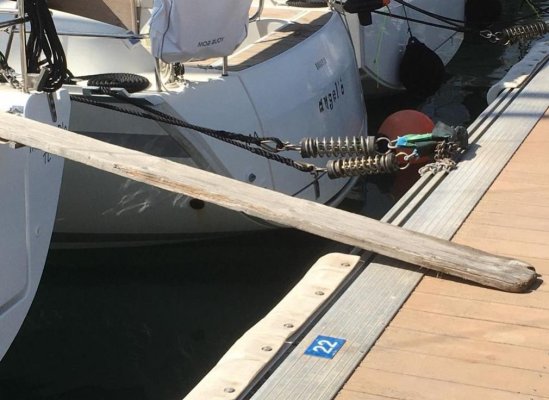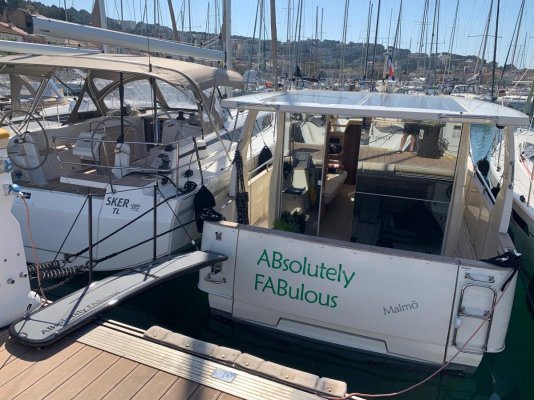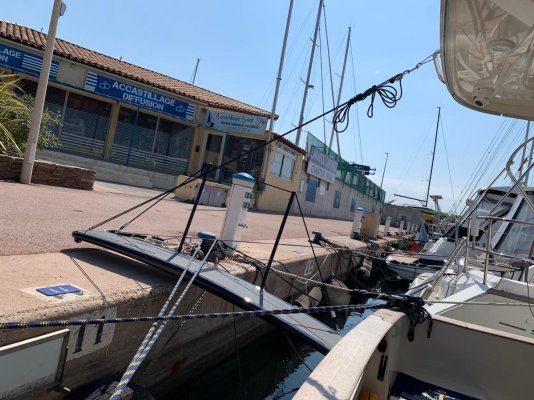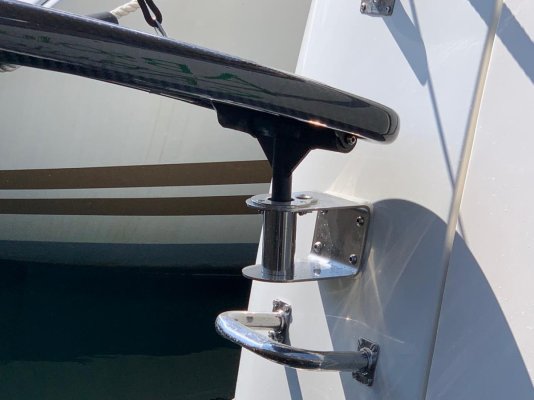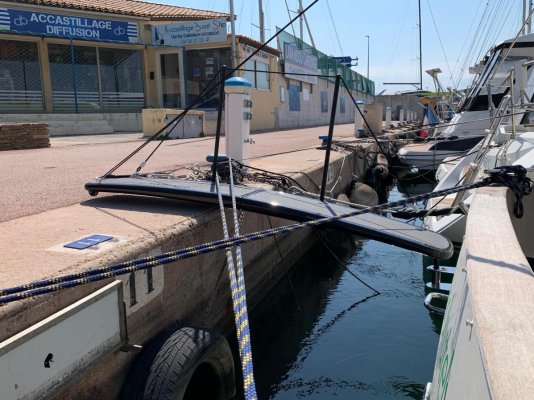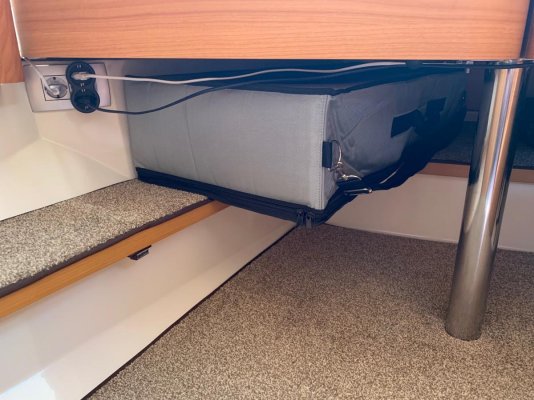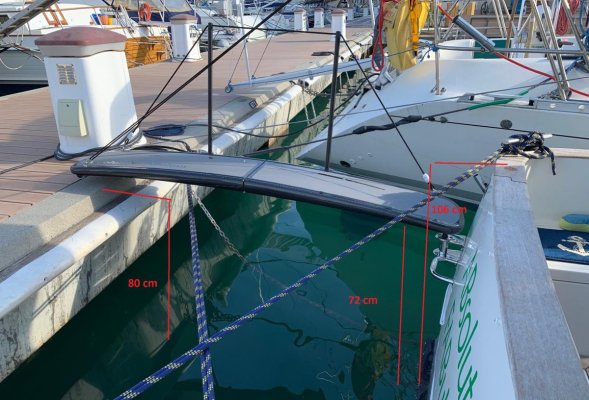twistedtree
Guru
Sure sounds like something is amiss with your engine cooling system. You should be able to run at full power without overheating. Saying “don’t do that” is a lazy cop-out.
I’d start with the raw water strainer to be sure it’s clear. That’s the easiest to check. From there I’d start shooting the raw water temp entering and exiting the heat exchanger, and the coolant temp entering and existing the heat exchanger. Others have more experience and will hopefully chime in, but I would expect to see a 10-20f drop in the coolant temp, and a smaller rise in the raw water. If you see a large rise in the raw water, then not enough is passing through the cooler.
I’d start with the raw water strainer to be sure it’s clear. That’s the easiest to check. From there I’d start shooting the raw water temp entering and exiting the heat exchanger, and the coolant temp entering and existing the heat exchanger. Others have more experience and will hopefully chime in, but I would expect to see a 10-20f drop in the coolant temp, and a smaller rise in the raw water. If you see a large rise in the raw water, then not enough is passing through the cooler.


